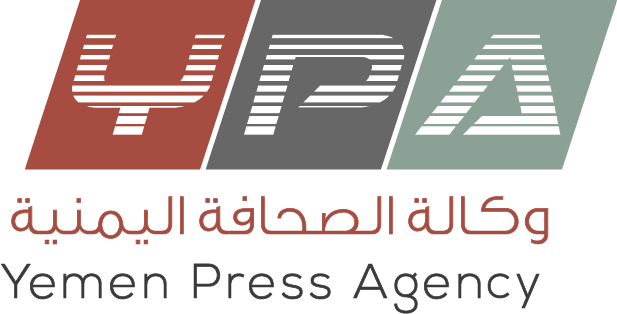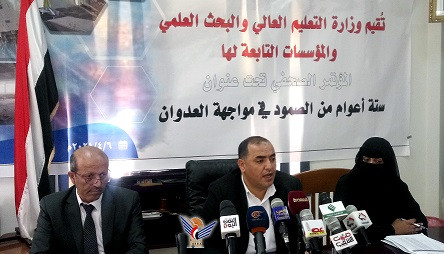SANAA, April 6 (YPA) – The Ministry of Higher Education and Scientific Research in Sanaa on Tuesday revealed the cost of the damage caused by the Saudi-led coalition’s attacks on its institutions, which reached more than 280 billion riyals.
This came in a press conference held in Sanaa by the ministry, during which Deputy Minister of Higher Education and Scientific Research Dr. Ali Sharafuddin said that the higher education sector, like other sectors, was exposed to bombing and destruction by the coalition.
The extent of damage suffered by higher education and scientific research institutions, during six years of the war, has amounted to 280,314,903,000 riyals, of which 27,855,000,000 riyals were direct damages, and 252,460,000,000 riyals were indirect damages, he explained.
Dr. Sharafuddin indicated that the indirect damages represented in the suspension of the general budget in the ministry and all higher education institutions and the suspension of the salaries of faculty members due to the transfer of the central bank, while many students stopped studying because of the difficult economic conditions.
He affirmed that the damage to higher education did not stop at the direct effects of the bombing of buildings and properties, but the matter came to the migration of most Yemeni minds and cadres abroad, and many students leaked due to living conditions.
The granting of cultural and educational exchange with countries was stopped, which deprived the country of many foreign scholarships, in addition to the martyrdom of more than 200 students of higher education, he added.
At the conference, Dr. Sharafuddin touched on the achievements made by the ministry in light of the continuing aggression, especially about finding solutions and remedies to ensure the continuation of the educational process.
He mentioned that the ministry completed the automation of some public administrations in the ministry, the differentiation and admission tests at Sana’a University and competency tests for free seats, the opening of several public and private universities, and the expansion of bachelor and master programs.
YPA


